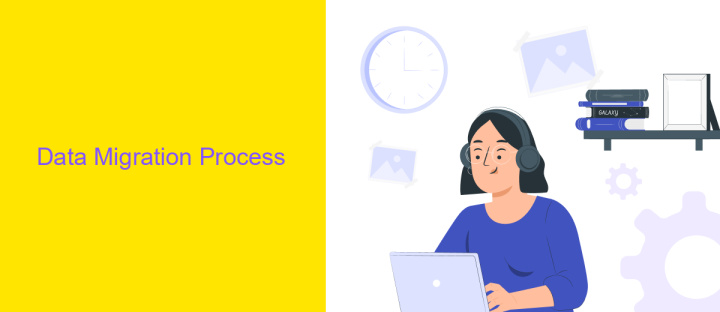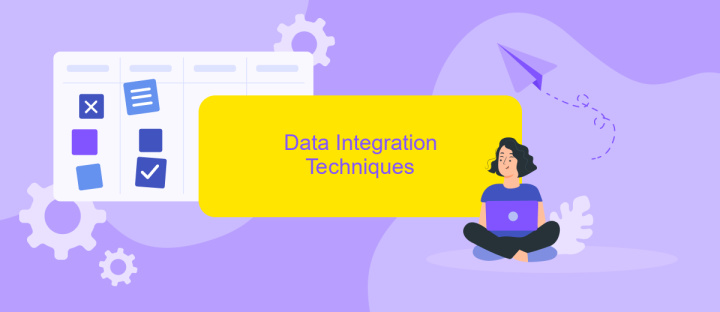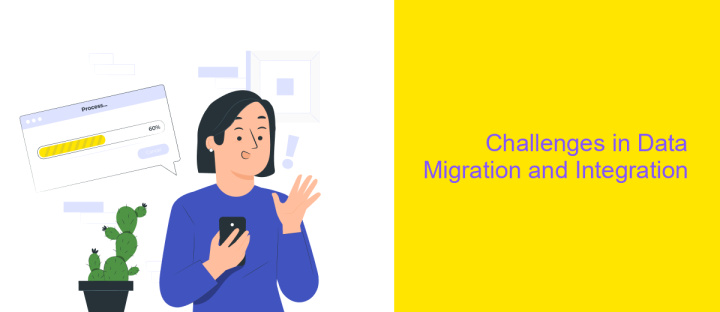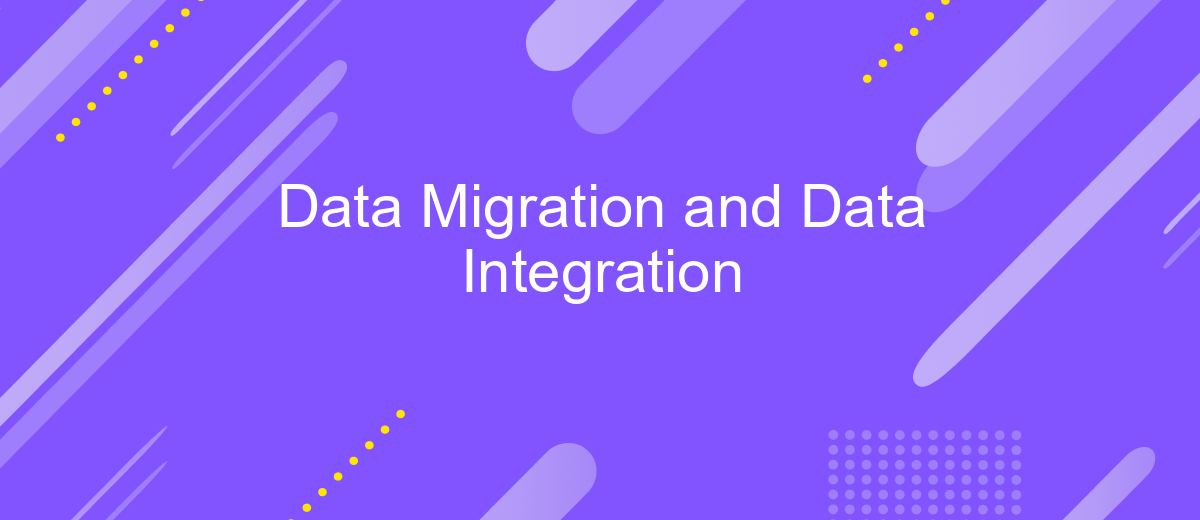Data Migration and Data Integration
Data migration and data integration are critical processes in modern information management, ensuring seamless data transfer and unification across diverse systems. As organizations increasingly rely on complex data landscapes, effective strategies for migrating and integrating data become essential. This article explores the key principles, challenges, and best practices in data migration and integration, providing insights to help businesses achieve efficient and reliable data operations.
Introduction
Data migration and data integration are critical processes in the modern business landscape. As organizations grow and evolve, they often need to transfer data between different systems or integrate disparate data sources to ensure seamless operations. Properly executed, these processes can enhance decision-making, improve efficiency, and drive innovation.
- Data Migration: The process of moving data from one location, format, or application to another.
- Data Integration: The process of combining data from different sources to provide a unified view.
- Challenges: Data quality issues, system compatibility, and security concerns.
- Benefits: Improved data accessibility, better analytics, and streamlined operations.
Understanding the intricacies of data migration and integration is essential for any organization aiming to leverage its data assets effectively. By addressing common challenges and implementing best practices, businesses can ensure that their data remains accurate, secure, and accessible, ultimately driving better outcomes and competitive advantage.
Data Migration Process

Data migration is a critical process that involves transferring data from one system to another, ensuring that the data remains accurate, consistent, and accessible throughout the transition. This process typically begins with a thorough assessment of the existing data, identifying any potential issues such as data redundancy, corruption, or format inconsistencies. Once the data has been evaluated and cleaned, it is then mapped to the new system's structure. This mapping ensures that the data is correctly aligned with the new system's requirements, facilitating a smooth transition.
To enhance the efficiency and reliability of data migration, leveraging integration services like ApiX-Drive can be highly beneficial. ApiX-Drive allows for seamless data transfer between various platforms, automating the process and reducing the risk of human error. By setting up automated workflows, ApiX-Drive ensures that data is consistently updated and synchronized across systems, minimizing downtime and enhancing data integrity. This service not only streamlines the migration process but also provides ongoing support for data integration, making it an invaluable tool in maintaining a cohesive data environment.
Data Integration Techniques

Data integration is a critical process in modern data management, enabling organizations to combine data from various sources into a unified view. This process enhances decision-making, improves data quality, and ensures consistency across systems.
- ETL (Extract, Transform, Load): This technique involves extracting data from different sources, transforming it into a suitable format, and loading it into a target system.
- Data Virtualization: This method allows data to be accessed without requiring physical storage, providing a real-time, integrated view of data from multiple sources.
- Data Warehousing: This approach involves storing integrated data in a central repository, making it easier to perform complex queries and analysis.
- API Integration: Using APIs, different systems can communicate and share data in real-time, facilitating seamless integration.
- Data Federation: This technique aggregates data from various sources into a virtual database, allowing users to query and analyze data without moving it.
Each of these techniques offers unique advantages and can be selected based on the specific needs and infrastructure of an organization. Effective data integration ensures that all data is accurate, accessible, and ready for analysis, driving better business outcomes.
Challenges in Data Migration and Integration

Data migration and integration are critical processes in modern enterprises, yet they come with numerous challenges. One of the primary issues is ensuring data quality and consistency during the transfer. Inaccurate or incomplete data can lead to significant operational disruptions and poor decision-making.
Another significant challenge is dealing with different data formats and structures. Organizations often use diverse systems and applications, which makes it difficult to standardize data for seamless integration. Additionally, the sheer volume of data can overwhelm existing infrastructure, leading to performance bottlenecks.
- Data quality and consistency
- Diverse data formats and structures
- Volume and performance bottlenecks
- Security and compliance
- Downtime and business continuity
Security and compliance also pose major concerns, as sensitive data must be protected during migration. Ensuring minimal downtime to maintain business continuity is equally crucial. Addressing these challenges requires meticulous planning, robust tools, and effective strategies to ensure a smooth and successful data migration and integration process.


Best Practices for Data Migration and Integration
Effective data migration and integration require meticulous planning and execution. Start by conducting a comprehensive data audit to understand the scope and quality of your existing data. Establish clear objectives and timelines, ensuring all stakeholders are aligned. Use a phased approach to minimize risks, and always back up your data before initiating the migration process. Employ robust data validation techniques to ensure data integrity and consistency throughout the migration.
Utilizing specialized integration tools like ApiX-Drive can streamline the process by automating data transfer between various systems. ApiX-Drive supports numerous platforms, enabling seamless data integration without extensive coding. Regularly monitor the integration workflows to detect and resolve any issues promptly. Document the entire process, including any custom configurations, to facilitate future migrations and integrations. By adhering to these best practices, you can ensure a smooth and efficient data migration and integration experience.
FAQ
What is data migration?
What is data integration?
What are the main challenges of data migration?
How can automation tools help with data integration?
What are the best practices for a successful data migration?
Routine tasks take a lot of time from employees? Do they burn out, do not have enough working day for the main duties and important things? Do you understand that the only way out of this situation in modern realities is automation? Try Apix-Drive for free and make sure that the online connector in 5 minutes of setting up integration will remove a significant part of the routine from your life and free up time for you and your employees.

